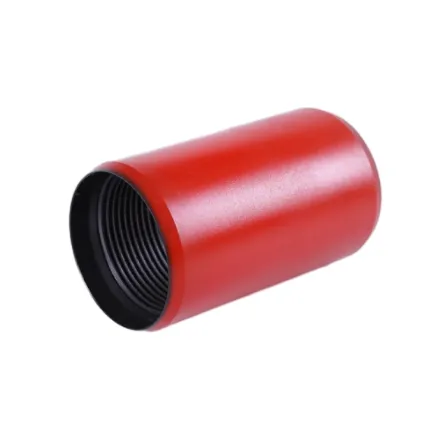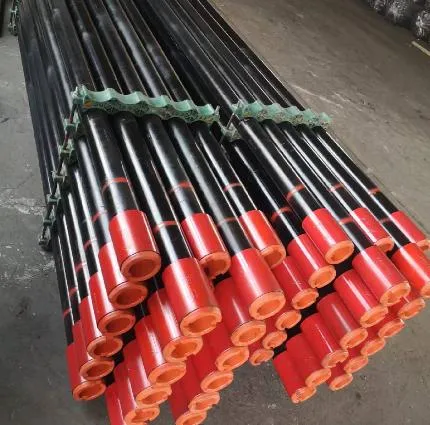- Afrikaans
- Albanian
- Amharic
- Arabic
- Armenian
- Azerbaijani
- Basque
- Belarusian
- Bengali
- Bosnian
- Bulgarian
- Catalan
- Cebuano
- Corsican
- Croatian
- Czech
- Danish
- Dutch
- English
- Esperanto
- Estonian
- Finnish
- French
- Frisian
- Galician
- Georgian
- German
- Greek
- Gujarati
- Haitian Creole
- hausa
- hawaiian
- Hebrew
- Hindi
- Miao
- Hungarian
- Icelandic
- igbo
- Indonesian
- irish
- Italian
- Japanese
- Javanese
- Kannada
- kazakh
- Khmer
- Rwandese
- Korean
- Kurdish
- Kyrgyz
- Lao
- Latin
- Latvian
- Lithuanian
- Luxembourgish
- Macedonian
- Malgashi
- Malay
- Malayalam
- Maltese
- Maori
- Marathi
- Mongolian
- Myanmar
- Nepali
- Norwegian
- Norwegian
- Occitan
- Pashto
- Persian
- Polish
- Portuguese
- Punjabi
- Romanian
- Russian
- Samoan
- Scottish Gaelic
- Serbian
- Sesotho
- Shona
- Sindhi
- Sinhala
- Slovak
- Slovenian
- Somali
- Spanish
- Sundanese
- Swahili
- Swedish
- Tagalog
- Tajik
- Tamil
- Tatar
- Telugu
- Thai
- Turkish
- Turkmen
- Ukrainian
- Urdu
- Uighur
- Uzbek
- Vietnamese
- Welsh
- Bantu
- Yiddish
- Yoruba
- Zulu
Feb . 11, 2025 07:42
Back to list
tubing coupling
Tubing coupling plays a critical role in the oil and gas industry, serving as a fundamental component that ensures the integrity and efficiency of various piping systems. For industry professionals, understanding the nuances of tubing couplings is paramount to maintaining operations that are both safe and cost-effective.
The application of cutting-edge technology in the design and testing phases further bolsters the reliability of tubing couplings. Finite Element Analysis (FEA) and advanced computational simulations now allow for the preemptive identification of potential stress points and failure modes under various loading conditions. Such advancements exemplify the integration of engineering expertise into ensuring coupling performance, enhancing trust in the product's operational viability. From an operational perspective, the installment process of tubing couplings requires meticulous attention to detail. Proper torque application is crucial to prevent any compromise in the coupling’s structural integrity. Over-tightening may lead to thread galling, while insufficient torque might result in joint leakage. Field operators, therefore, must be equipped with comprehensive training and guidelines to ensure precision in coupling installation, safeguarding against premature wear and operational failures. The authoritative nature of industry standards, such as those set by the American Petroleum Institute (API), provides a unified benchmark that assures the reliability of tubing couplings across various applications. These standards not only guide manufacturing practices but also instill confidence among users regarding the product’s trustworthiness and consistency. In conclusion, the intricate design, precision manufacturing, strict quality standards, and informed material choices collectively underscore the significant role that tubing couplings play in the seamless functioning of oil and gas pipelines. As technological advancements continue to unfold, the expectancy of tubing couplings to adapt and overcome future industry challenges remains a constant pursuit. Their ongoing evolution is a reflection of the industry’s commitment to innovation and resilience, ensuring that these vital components will persist as the backbone of efficient and safe piping systems well into the future.


The application of cutting-edge technology in the design and testing phases further bolsters the reliability of tubing couplings. Finite Element Analysis (FEA) and advanced computational simulations now allow for the preemptive identification of potential stress points and failure modes under various loading conditions. Such advancements exemplify the integration of engineering expertise into ensuring coupling performance, enhancing trust in the product's operational viability. From an operational perspective, the installment process of tubing couplings requires meticulous attention to detail. Proper torque application is crucial to prevent any compromise in the coupling’s structural integrity. Over-tightening may lead to thread galling, while insufficient torque might result in joint leakage. Field operators, therefore, must be equipped with comprehensive training and guidelines to ensure precision in coupling installation, safeguarding against premature wear and operational failures. The authoritative nature of industry standards, such as those set by the American Petroleum Institute (API), provides a unified benchmark that assures the reliability of tubing couplings across various applications. These standards not only guide manufacturing practices but also instill confidence among users regarding the product’s trustworthiness and consistency. In conclusion, the intricate design, precision manufacturing, strict quality standards, and informed material choices collectively underscore the significant role that tubing couplings play in the seamless functioning of oil and gas pipelines. As technological advancements continue to unfold, the expectancy of tubing couplings to adapt and overcome future industry challenges remains a constant pursuit. Their ongoing evolution is a reflection of the industry’s commitment to innovation and resilience, ensuring that these vital components will persist as the backbone of efficient and safe piping systems well into the future.
Next:
Latest news
-
Tubing Pup Joints: Essential Components for Oil and Gas OperationsNewsJul.10,2025
-
Pup Joints: Essential Components for Reliable Drilling OperationsNewsJul.10,2025
-
Pipe Couplings: Connecting Your World EfficientlyNewsJul.10,2025
-
Mastering Oilfield Operations with Quality Tubing and CasingNewsJul.10,2025
-
High-Quality Casing Couplings for Every NeedNewsJul.10,2025
-
Boost Your Drilling Efficiency with Premium Crossover Tools & Seating NipplesNewsJul.10,2025
Related Products







